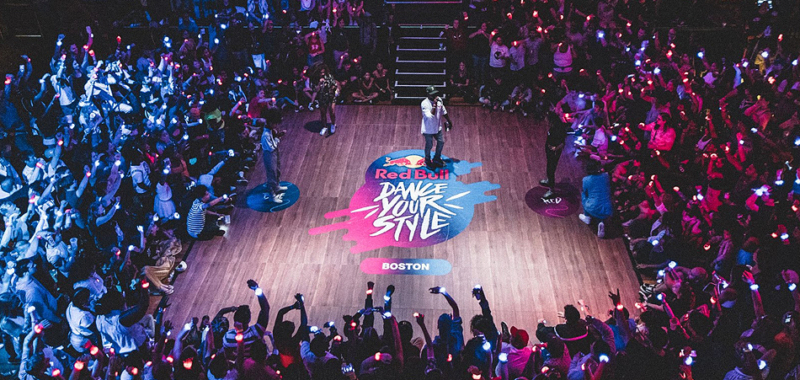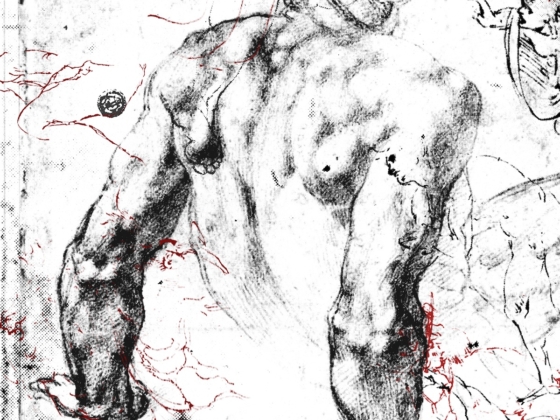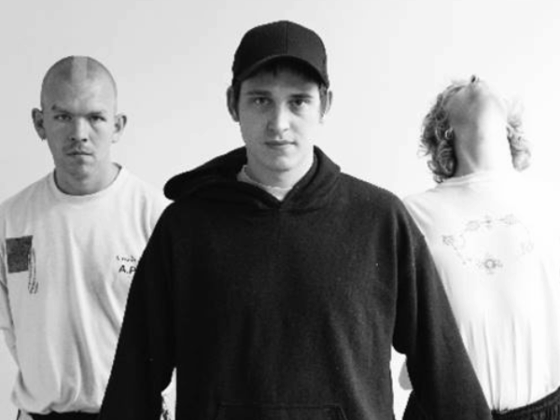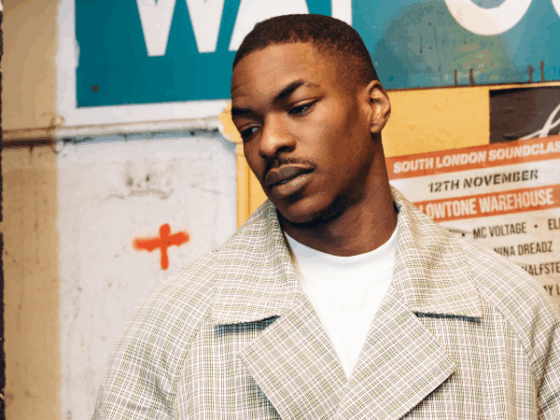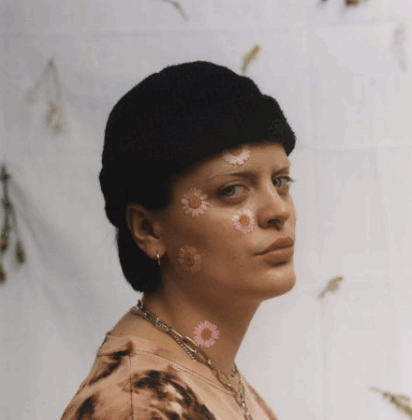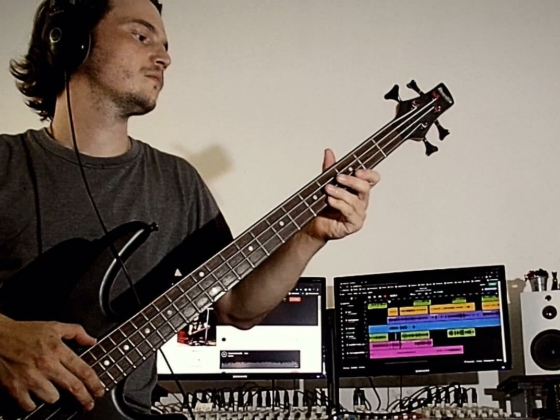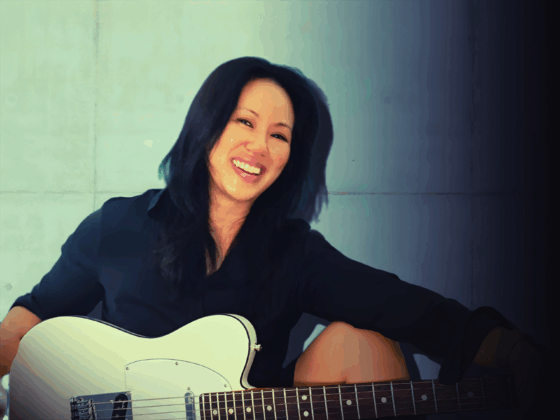On Saturday, October 23rd, one-on-one dance competition, Red Bull Dance Your Style, wrapped up the U.S line-up. Wild card, Angyil McNeal, took the dance floor by storm and was crowned the national champion. The iconic popper will now move onto the world finals in Johannesburg, South Africa. If you’ve never been to one of these events, qualifiers from Boston, Chicago, Los Angeles, Atlanta, Memphis, and Miami, come together to show off the versatility and uniqueness of dance. While just witnessing the natural talent that many of these dancers have, the style and history behind the moves makes it all more compelling.
There are five elements of hip-hop, one being breaking, which originated in New York City around the late 1960s and early '70s. The energetic and complex style of dancing would be a gateway for the emergence of new styles. Much like breaking, many styles of dance were birthed in inner-city neighborhoods like Chicago and New York. Popping, jookin', footwork, whacking, turfing, and flexing have become foundational styles of dance, unique to their own regions. Just like any cultural influence, the history of each dance plays a pivotal role in its representation on larger stages and within music.
Like breaking, house dancing has been around since the late '60s. Originating in underground clubs in Chicago and New York, house blends elements of disco and electronic music. The main elements of house include lofting, jacking, and footwork. Dancers like Prince Wayne have taken time to both learn the history of the dance and gain a sense of appreciation for the decades-old style. The Atlanta qualifier and professionally trained dancer finds creative therapy in house dance. “House dance came from club culture with the main movement being jacking. Jacking comes from the bouncing of the chest”, he explains. A seductive movement of the body, artists like Chip E, Farley “Jackmaster” Funk, and Steve “Hurley” Silk would be inspired and turn this move into bass-booming club anthems. Wayne digs further into the style, explaining that “it came from people coming together in the club and forming these moves. A lot of people don’t understand house dance and take it too seriously but learning the history of it really helps me appreciate the style.”
The disco and post-disco era has inspired much of the dance that is seen today. Like house dance, waacking and voguing also emerged from club culture. While vogueing would be founded on the East Coast and often tied to house music, waacking was born in Los Angeles LGBT clubs during the '70s. Typically done to disco music like Cheryl Lynn’s “It’s Gonna Be Right,” the elements of waacking are distinguishable through intricate arm movement, posing, and punking. Seattle, Washington-native and an Atlanta qualifier, Tracey Wong, found her passion for waacking while creating spaces of empowerment for queer women. “It’s a dance form that was created by Black and Latinx gay community, West Coast style,” she describes. “While it’s known for a lot of circular arm movements, it’s really about showcasing the music with your whole body.” Wong addresses the true beauty of waacking – freedom. During the '70s, there were very few places for members of the LGBT community to express themselves, safely and freely. For Wong, understanding and respecting the historical context of waacking and the dances that flowed from the community, brings much more value and meaning to this style of dance. For her and many others, you cannot respect this dance without learning the history.
While club culture has had a hand in the development of dance styles like Chicago footwork, waacking, and voguing, sub-genres of hip-hop like the hyphy movement have also inspired creative expression. Dancers like Krow the God who can contort his body into positions you wouldn’t believe, can attest to this cultural influence. Turfing and flexing is both symbolic and exclusive to Bay Area street culture. Characterized by rhythmic floor moves, gliding, flexing, and contorting, this distinctive style was coined by dancer Jeriel Bey back in the '90s. “Turfin’ started in Oakland, my hometown," the dancer reveals about how he got into the dance form. "The Architeckz was the first turf group that E-40 brought out and they also extended themselves to the Anamaniac.” The Archictecks was also an extension of the originator, Jeriel Bey. “It’s extension of the hyphy-era, but we just made it more technical. The technique also differed based on whatever hood you came from.” Founded on the different “turfs” of Oakland, the art form is bounded by socio-political injustices. An expression that addressed brutality against Black and brown communities, the dance is deeper than a movement. Blessed to be in the spotlight, Krow the God, is happy to see his hometown getting some well-deserved attention.
From the east coast to the west coast and everywhere in between, the impact history has had on the culture of dance and music is just as important as the dancers themselves. Much of the styles we see today wouldn’t exist without the people and history that influenced them. So, the next time you find yourself lost in the music or the dance, remember how far things have come.

